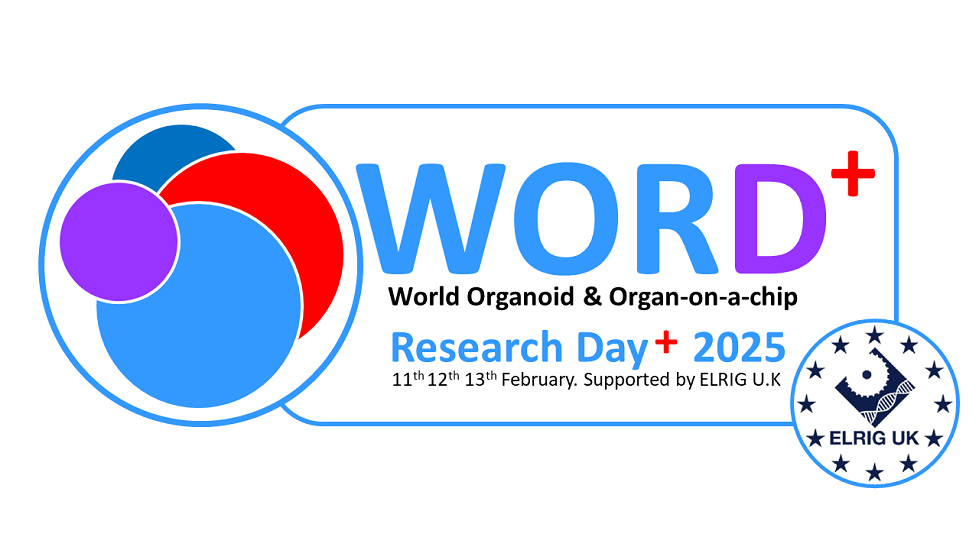Authors
S Seghers1; M Le Compte1; E Cardenas De La Hoz1; F Rodrigues Fortes1; A Lin1; S Vanlanduit1; H Vercammen1; B Van Den Bogerd1; N Dusetti2; E Smits1; F Lardon1; H Prenen3; M Peeters3; C Deben1;
1 University of Antwerp, ; 2 Cancer Research Center Marseille, France; 3 Antwerp University Hospital, Belgium
Overview
This study enhances growth-rate-based metrics in tumor organoid drug screening through the development of the Normalized Organoid Growth Rate (NOGR) metric. It also integrates advanced label-free image analysis to improve accuracy in assessing drug responses. These advancements aim to enable more effective personalized treatment strategies and broaden accessibility to organoid-based drug screenings.
Introduction
Existing growth-rate-based metrics in tumor organoid drug screening have limitations in accurately assessing drug responses. The study introduces the NOGR metric as a methodological enhancement to address these limitations, particularly in differentiating between cytostatic and cytotoxic effects in diverse organoid models.
Methods
The study evaluates and improves growth-rate-based metrics using brightfield imaging. It develops the NOGR metric, building upon Normalised Growth Rate Inhibition (GR) and Normalized Drug Response (NDR) metrics. Additionally, it integrates an advanced label-free image analysis method, utilizing a refined organoid detection algorithm.
Results
The NOGR metric demonstrates superior capability in differentiating between cytostatic and cytotoxic effects compared to GR and NDR metrics. The integration of advanced label-free image analysis ensures precise classification of viable organoids, enhancing the accuracy of drug response assessment across diverse organoid models.
Conclusion
The study presents a significant methodological enhancement in tumor organoid drug screening through the development of the NOGR metric and integration of advanced label-free image analysis. These advancements contribute to more accurate and nuanced assessments of drug sensitivity and resistance, paving the way for improved personalized treatment strategies and enhanced understanding of tumor organoid responses.

